Here's everything you need to elevate your harvest with a raised bed garden. Watch your garden flourish!
Our editors and experts handpick every product we feature. We may earn a commission from your purchases.Learn more.
Here's everything you need to elevate your harvest with a raised bed garden. Watch your garden flourish!
Our editors and experts handpick every product we feature. We may earn a commission from your purchases.Learn more.
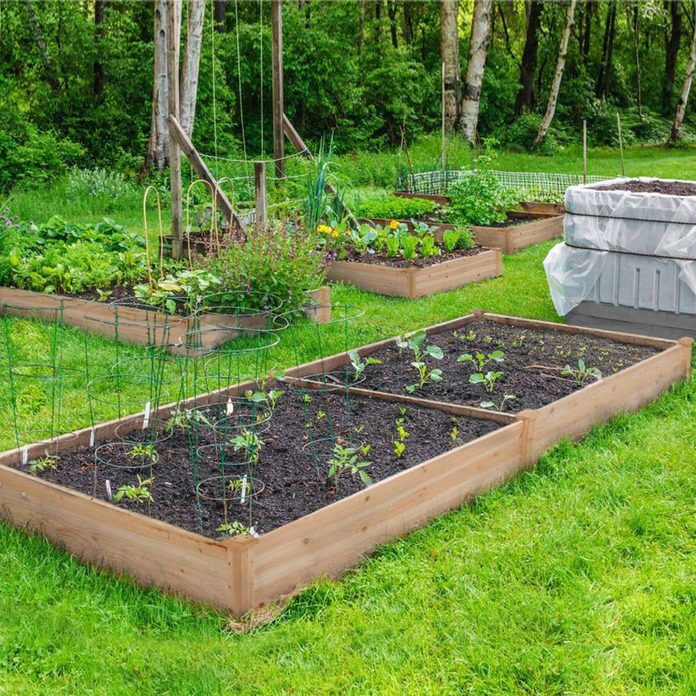
I love raised bed gardens for two important reasons: flexibility and control. Pick a sunny spot in your yard—four hours direct sun minimum—and get started with a 4×8 bed like this ($68). We also recommend the VegTrug Elevated Planter.
Tight space? Grow herbs in a smaller elevated bed ($250) on your patio or balcony.
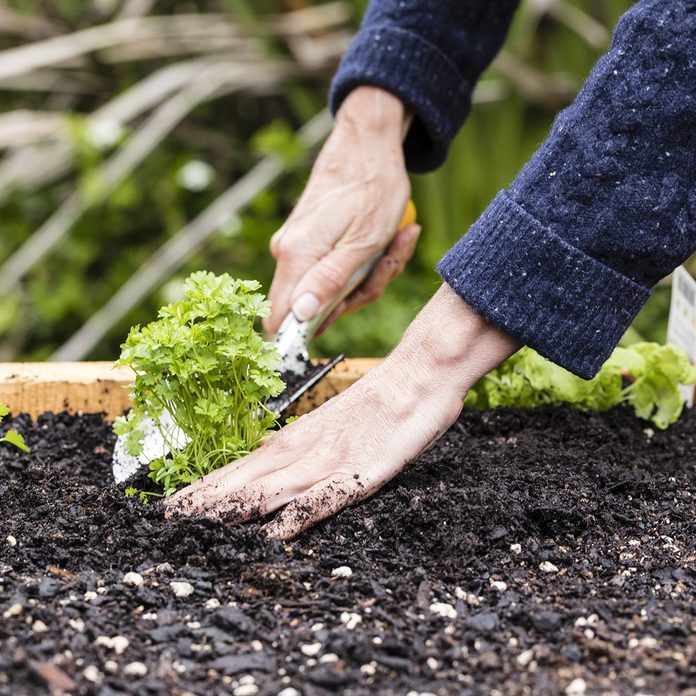
In a raised bed garden, you control the soil. If you don’t make your own compost, use bagged organic soil for raised beds to provide optimum growing conditions. Begin with Master Nursery Bumper Crop Soil ($38). For extra oomph, I love to add worm castings ($17).
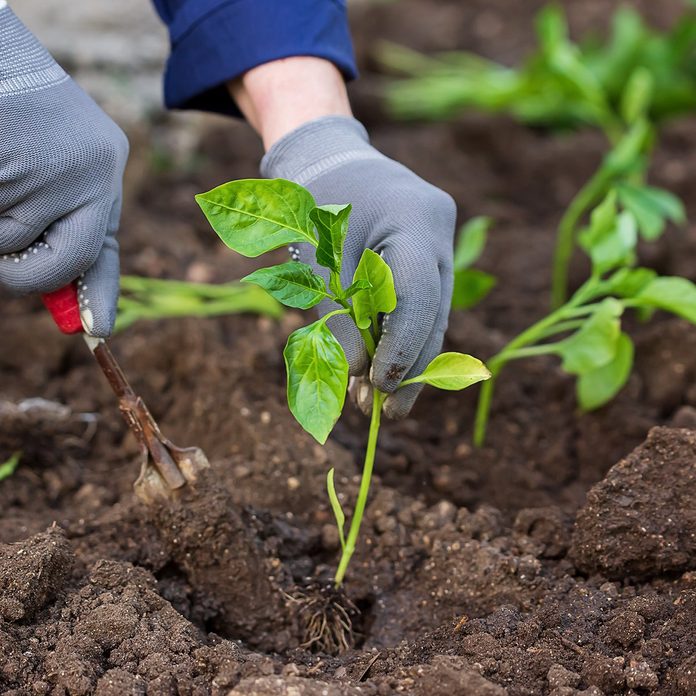
A plant needs lots of energy to produce scrumptious tomatoes or a plethora of peppers. An occasional organic plant food boost, like Alaska Fish Fertilizer ($10), keeps your crops well-nourished and flourishing. And, no, your vegetables won’t taste like fish! Find out the difference between plant food and fertilizer.
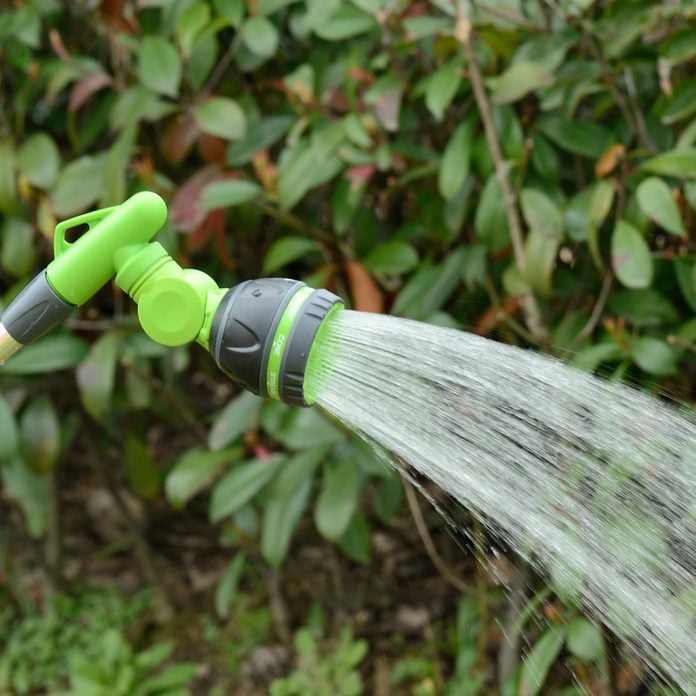
Raised beds generally require more moisture than in-ground gardens. Channel your inner kid and turn on the hose—I love a water wand with variable sprays and a tilting head ($22). Use this tool to give seedlings a fine mist, or to deeply soak larger plants.
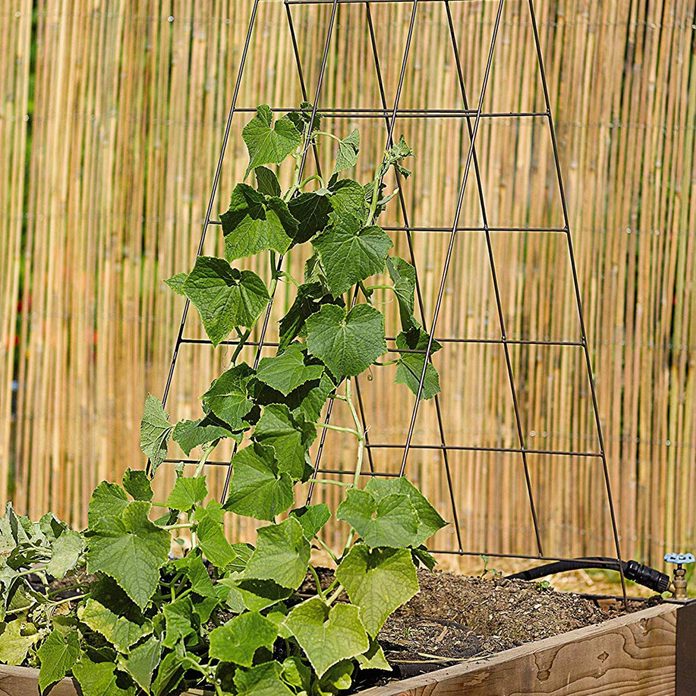
Cucumbers climb, tomatoes reach for the sun, and everything else roams. Lesson learned! Plan ahead with supports from the get-go. An A-frame trellis ($37) is perfect for cukes, tall expandable supports ($33) corral the tomatoes, and a roll of twine ($9) is a staple to keep other plants in bounds.
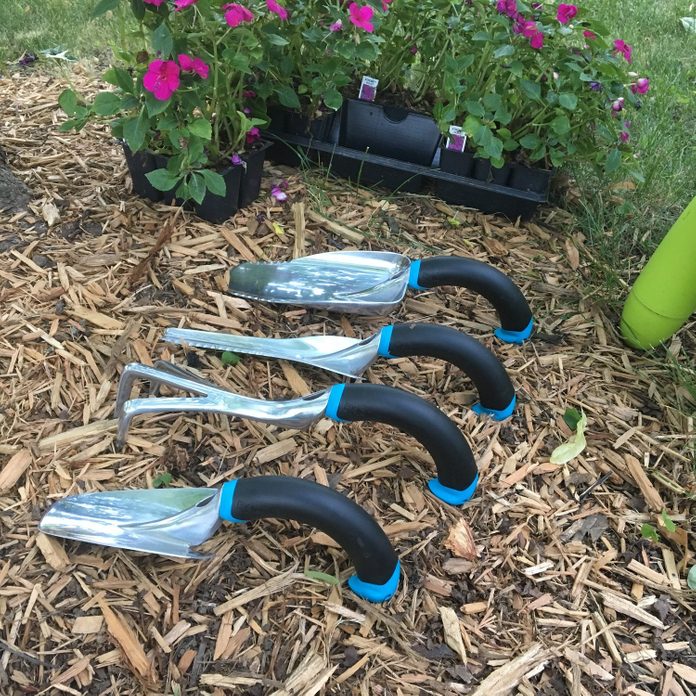
Yippee! Raised bed gardens rarely require big, heavy tools. However, great hand tools are essential. My favorites: This ergonomic four-tool set that includes a trowel ($41) has almost everything you need. Then, add a Felco pruner ($61) and smaller snips ($12) to complete your kit.
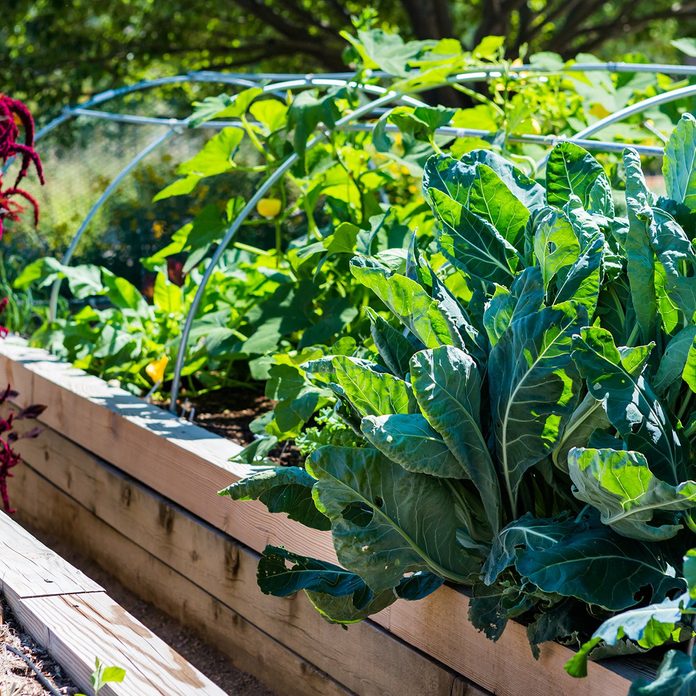
How do they know? The insect hotline telegraphs you’ve got good eats, and here they come! Keep your organic controls handy: Use insecticidal soap ($12) or worm and beetle dust ($21) to run the buggers off. If you prefer, try a crop cover ($12) instead. These tricks will keep mosquitoes away from you.
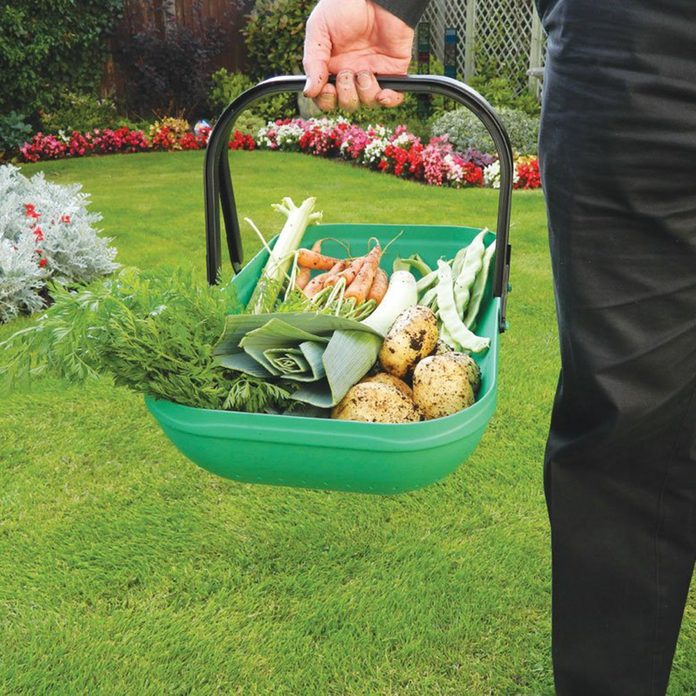
You plan, plant and nurture. Then one day, it’s time to harvest and, wow, look at all of those veggies! Your raised bed garden has exceeded expectations—now you have to pick everything. This colander garden trug ($22) makes that easy. Rinse everything outdoors so clean produce comes into your kitchen (or try one of these tricks). Bon appetit!
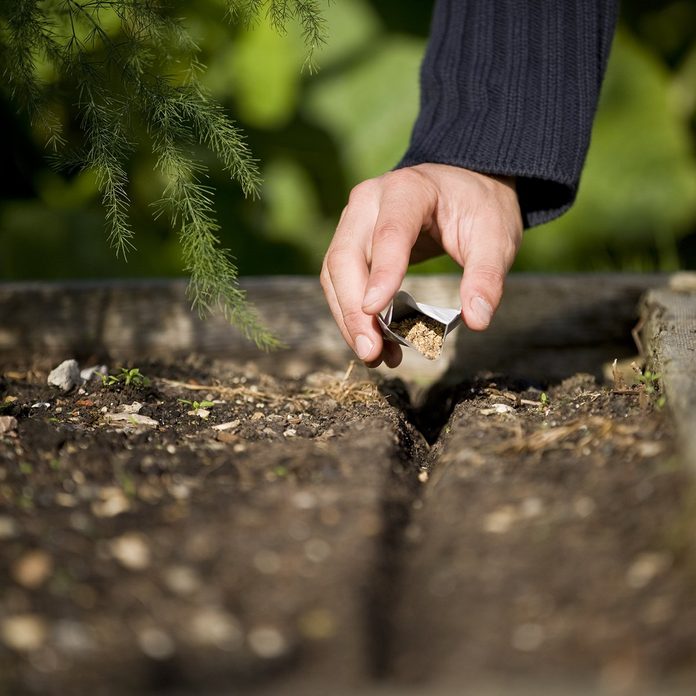
Most gardeners begin each season with small plants (called transplants). They’re easy, inexpensive, tried-and-true varieties. Eventually though, we start to notice the other options out there. That’s when we turn to seeds like all these heirlooms ($30) or possibly garlic sets ($16) or cool shallots ($6). Caution: It’s like opening Pandora’s Box!
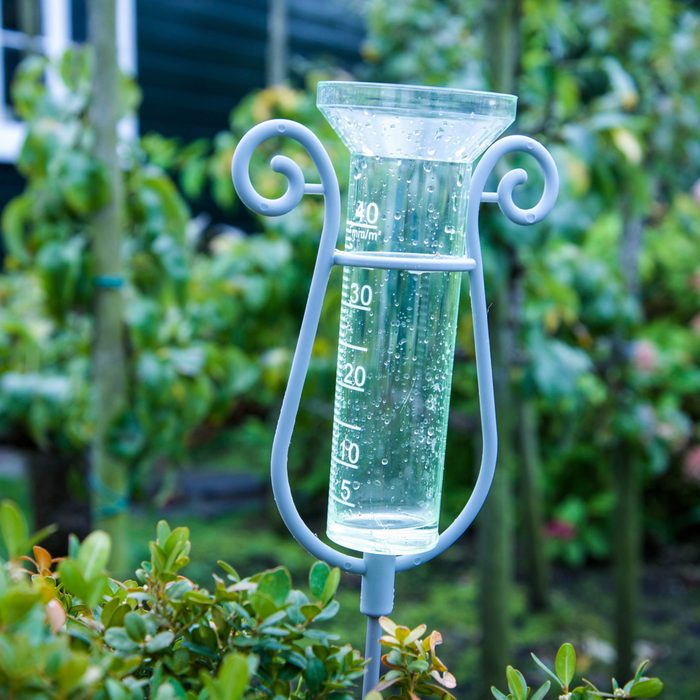
Beyond the basics, there’s always more cool stuff for gardeners to have on hand. First, a rain gauge ($16). Besides precipitation, it measures how deeply the sprinkler waters. Then, there’s a lightweight garden hose ($26)—I keep one of these on my own deck. When not in use, I fold it up and tuck it out of sight so I can focus on my backyard.
Note: Every product is independently selected by our editors. If you buy something through our links, we may earn an affiliate commission.